In a landmark ruling that ended a decades-long territorial dispute, the Regional Trial Court (RTC) Branch 43 in Oriental Mindoro declared on August 19, 2021, that Liwagao Island, a 114-hectare tropical gem, falls squarely within the jurisdiction of Bulalacao, Oriental Mindoro.
The decision signified a triumph for Governor Humerlito “Bonz” Dolor, who had championed the cause for nine years, and revealed the complex interplay of history, politics, and local governance in the Philippines’ archipelagic landscape.
Liwagao Island, located at coordinates 12°12′00.4″N 121°25′47.4″E, lies in the turquoise waters between Oriental Mindoro and Antique’s Caluya municipality. Its white sand beaches, fringing coral reefs, and steady winds have made it a haven for kitesurfers and eco-tourists seeking unspoiled beauty.
Yet, for over four decades, this idyllic island has been at the heart of a jurisdictional tug-of-war, rooted in a handshake agreement from the 1970s that spiraled into a legal and political battle.
The origins of the Liwagao dispute trace back to the late 1970s, a period when the Philippines was under the authoritarian rule of President Ferdinand Marcos Sr.
In 1978, Marcos signed Presidential Proclamation No. 1801, designating Liwagao as part of Bulalacao, Oriental Mindoro.
However, around the same time, an informal agreement between Bulalacao’s then-Mayor Dolores Bago and Caluya’s Mayor Oscar Lim allowed Antique to temporarily administer the island.
Lim, who sought to pursue criminals hiding on Liwagao, reportedly promised to return control to Bulalacao after his term. The arrangement, however, lacked legal documentation, sowing the seeds for future conflict.
This informal “borrowing” reflected the fluid governance practices of the era, where personal agreements between local leaders often substituted for formal policy, especially in remote areas.
The Marcos regime’s focus on centralized control and martial law enforcement left such peripheral disputes unresolved, allowing Antique to gradually assert administrative control over Liwagao.
By the 1980s, Caluya had integrated the island into its Barangay Sibolo, supported by an original certificate of title (OCT 42891) and voter registrations, which Antique’s Provincial Board later cited in Resolution No. 142-2012 to claim territorial rights.
For the roughly 600 residents of Liwagao, life continued amidst this jurisdictional ambiguity.
Many maintained ties with Bulalacao, sending their children to its schools and relying on its markets for food and supplies.
Yet, some residents voted in Antique’s elections and elected barangay officials under Caluya’s jurisdiction, creating a dual allegiance that complicated the island’s status.
The Liwagao dispute is emblematic of broader territorial challenges in a country of over 7,600 islands where geographic isolation and historical ambiguities often fuel conflicts over governance.
The country’s history of colonial rule—Spanish, American, and Japanese—left a patchwork of land titles and administrative boundaries that post-independence governments have struggled to reconcile.
The 1987 Constitution and the 1991 Local Government Code devolved much powers to provinces and municipalities, but disputes like Liwagao’s showed the tensions between local autonomy and national oversight.
During the Marcos era, centralized decrees like Proclamation No. 1801 aimed to clarify territorial claims, but their enforcement was uneven.
The post-Marcos democratic transition in 1986, following the People Power Revolution, empowered local leaders like Governor Dolor to challenge such historical oversights.
Dolor, who began advocating for Liwagao’s return as vice governor in 2012, framed the issue as a matter of Mindoreño pride and sovereignty, tapping into regionalist sentiments that resonate across the country’s diverse provinces.
The dispute also unfolded against the backdrop of Antique and Oriental Mindoro’s differing political and economic priorities.
Oriental Mindoro, with its fertile lands and growing tourism sector, saw Liwagao as a potential eco-tourism hub to complement attractions like Puerto Galera.
Antique, a province reliant on fishing and agriculture, viewed Liwagao as an integral part of Caluya’s maritime domain, critical for local livelihoods. These competing visions fueled the legal battle, with both provinces leveraging historical records and resident testimonies to bolster their claims.
TURNING POINT
The turning point came in October 2012, when Oriental Mindoro’s Provincial Board, led by then-Vice Governor Dolor, filed a petition with the RTC to reaffirm Liwagao’s inclusion in Bulalacao.
The petition cited Marcos’ 1978 proclamation, affidavits from residents who paid taxes to Bulalacao, and the absence of formal agreements ceding the island to Antique.
A pivotal piece of evidence was former Mayor Lim’s 2021 testimony, where he admitted that Liwagao was only “borrowed” for temporary administrative purposes, with no intent to permanently transfer jurisdiction.
Antique countered with Resolution No. 142-2012, asserting that Liwagao’s geographical proximity to Caluya and its inclusion in Antique’s voter rolls and land titles justified its claim.
The province rejected settlement talks, escalating the dispute to a full legal contest.
The RTC’s 2021 ruling, however, sided with Oriental Mindoro, citing Lim’s testimony, the lack of legal basis for Antique’s control, and residents’ expressed preference to align with Bulalacao.
The court ordered Caluya to relinquish administration, though Antique retains the right to appeal, a process that could prolong the resolution.
Governor Dolor hailed the decision as a victory for Mindoreños, declaring, “After nine years, we have finally achieved our dream of reclaiming Liwagao Island under the RTC’s ruling. This is an opportunity for the provincial government to deliver excellence and service to all Mindoreños.”
The ruling was celebrated in Bulalacao, where residents and officials see Liwagao’s return as a step toward economic and cultural integration.
LIWAGAO TODAY
Liwagao’s 114 hectares encompass low scrubby forests, sandy beaches, and three eastern summits, surrounded by reefs teeming with marine life. Its remote location—30 minutes by boat from Bulalacao—has preserved its pristine environment, making it a magnet for adventure travelers.
Kitesurfing operators, such as Liwagao Island Kitesurfing, have capitalized on the island’s strong winds, offering private trips and rustic accommodations.
Social media posts on platforms like Instagram showcase its untouched beauty, amplifying its allure.
Yet, Liwagao’s infrastructure remains rudimentary.
The island lacks running water, has limited electricity, and relies on basic beach huts for lodging.
Bulalacao’s local government plans to develop eco-friendly tourism facilities, but experts warn that rapid development could strain the island’s fragile ecosystem.
The provincial government has pledged to prioritize sustainable growth, drawing lessons from over-tourism in places like Boracay, which faced environmental degradation before a 2018 rehabilitation effort.
For Liwagao’s residents, the RTC ruling promises clearer access to Oriental Mindoro’s schools, healthcare, and markets.
However, integrating the island into Bulalacao’s systems will require delicate coordination, especially for families with historical ties to Antique.
Photos: courtesy of Mindoro Viners TV and The Islander V2


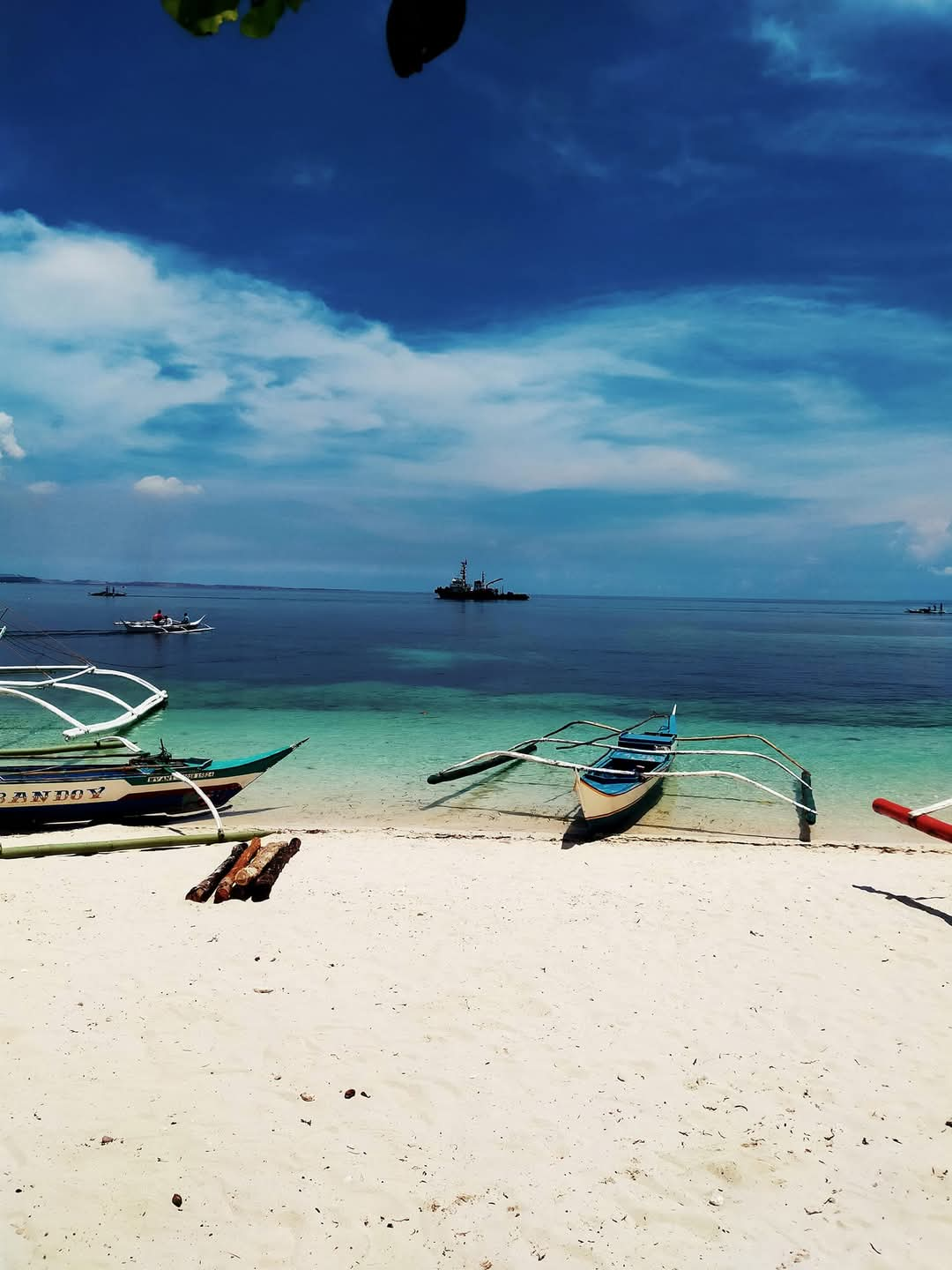
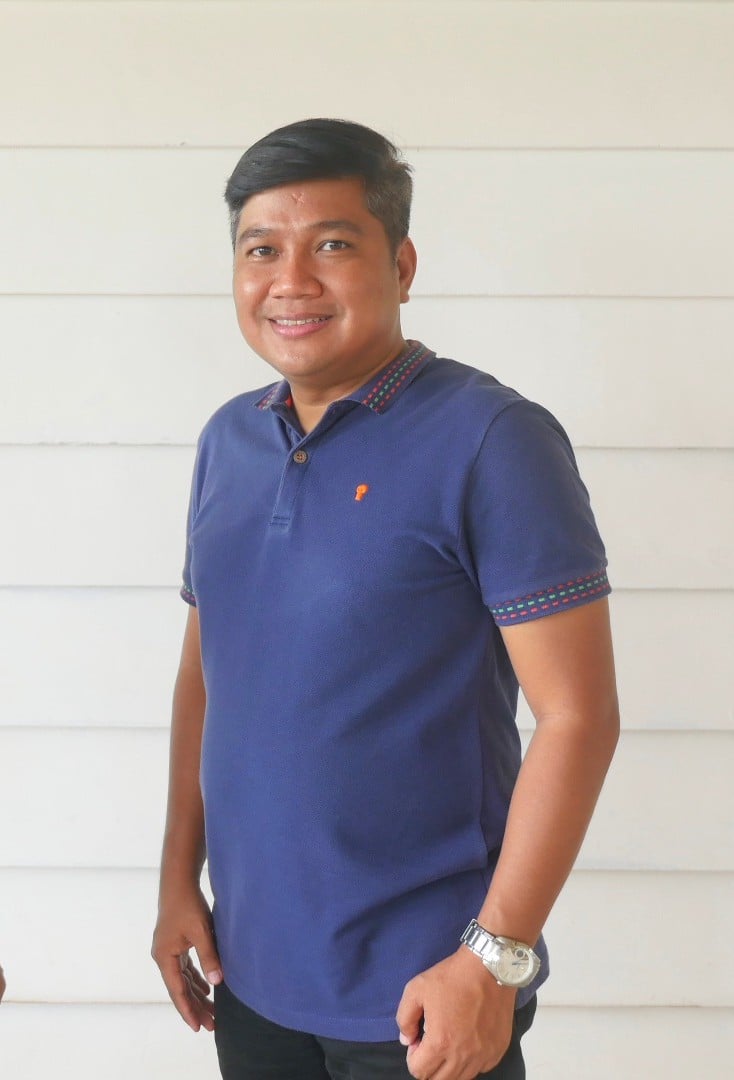
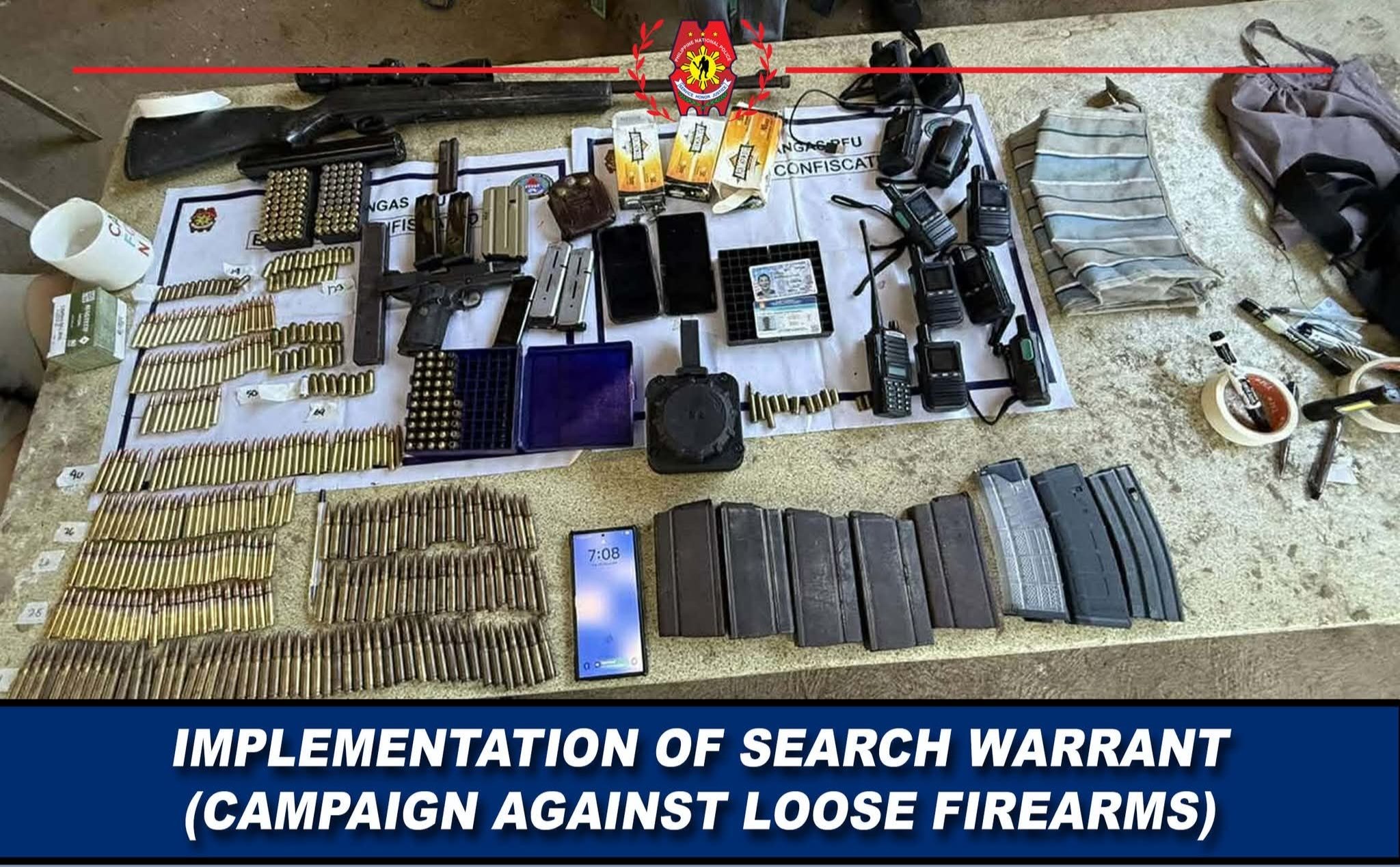
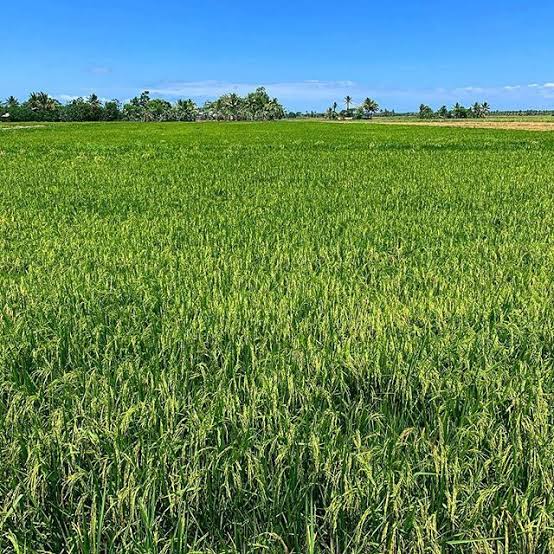

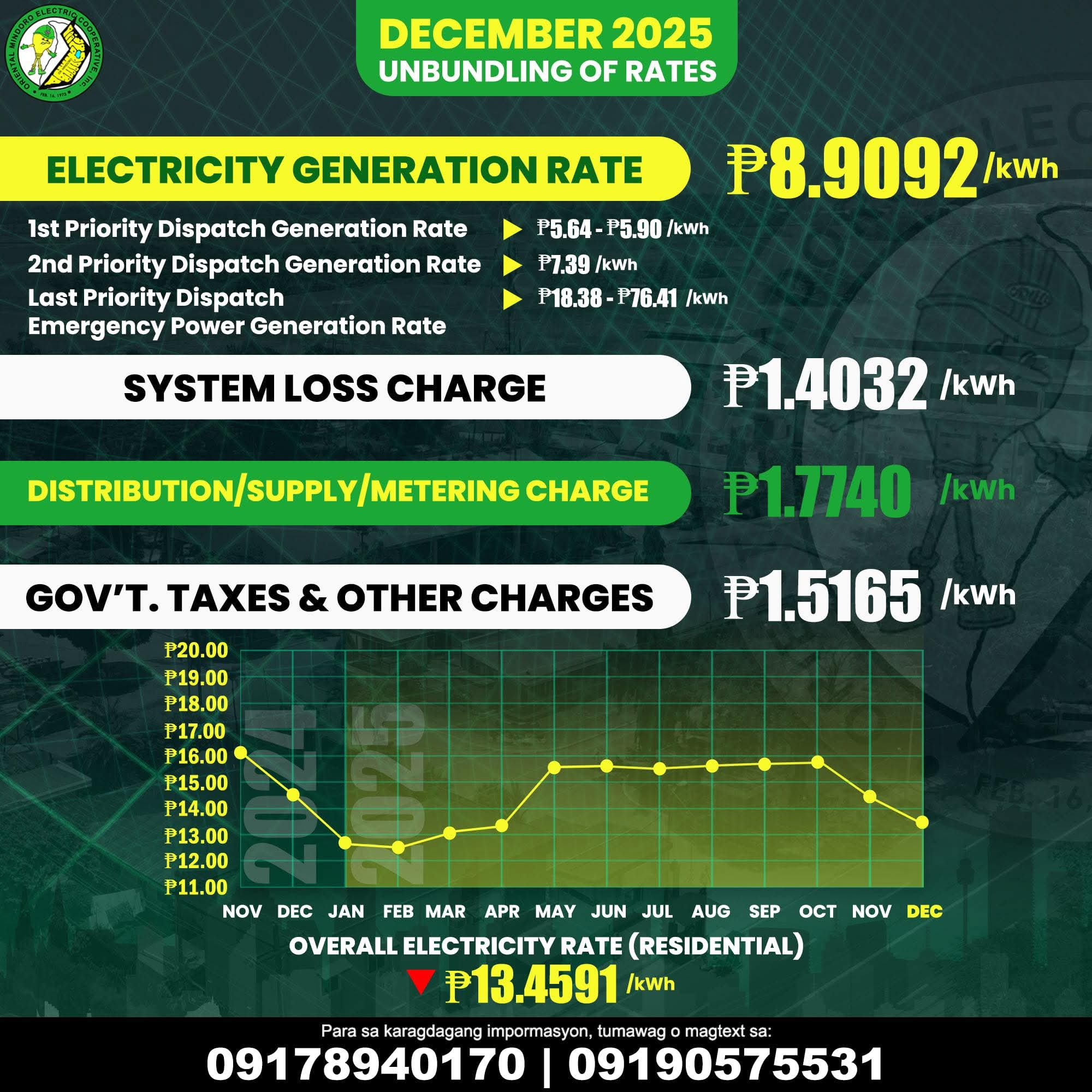
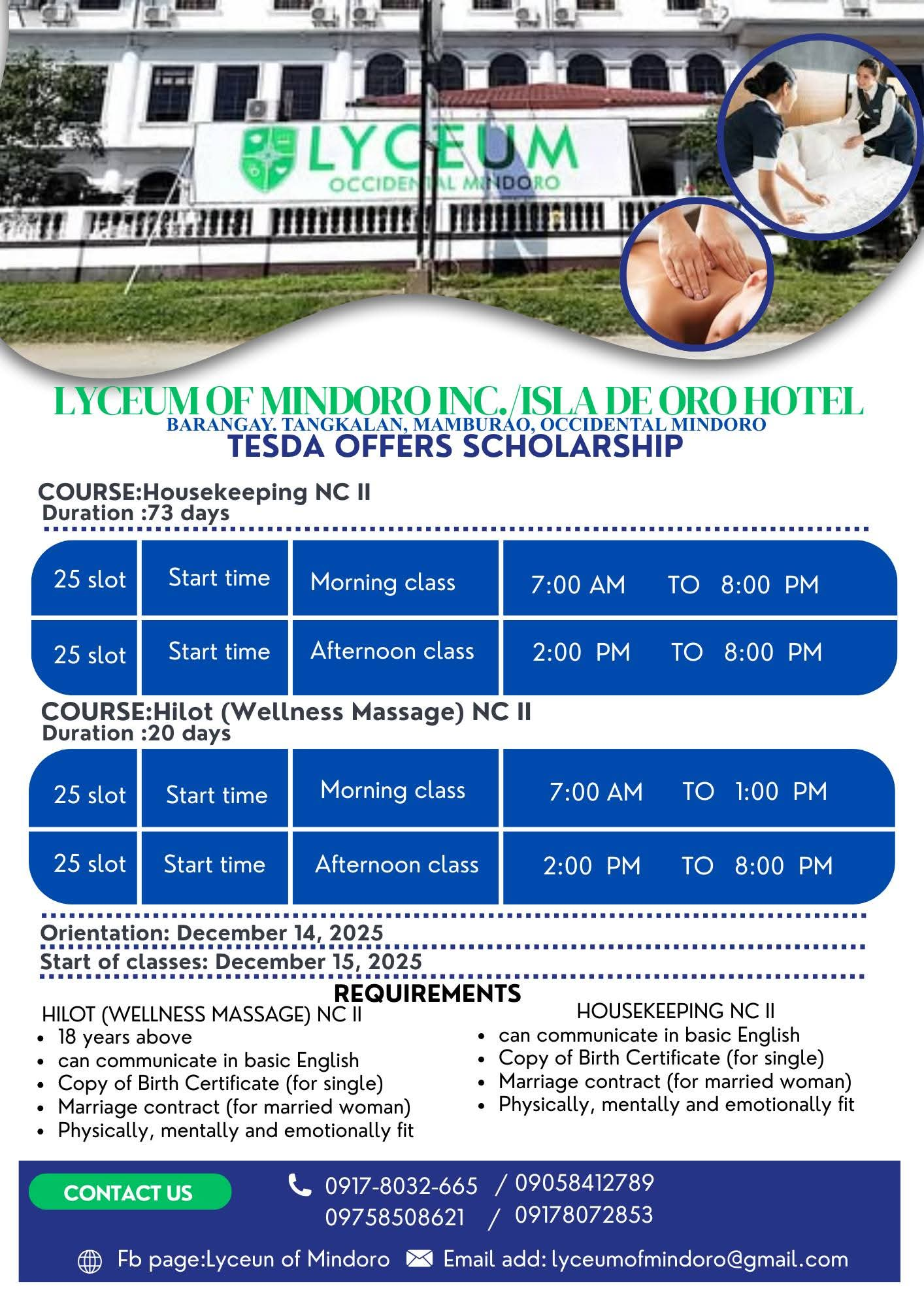
Write Your Comment